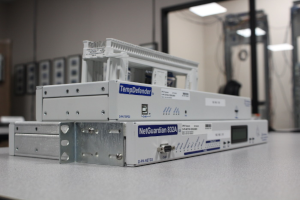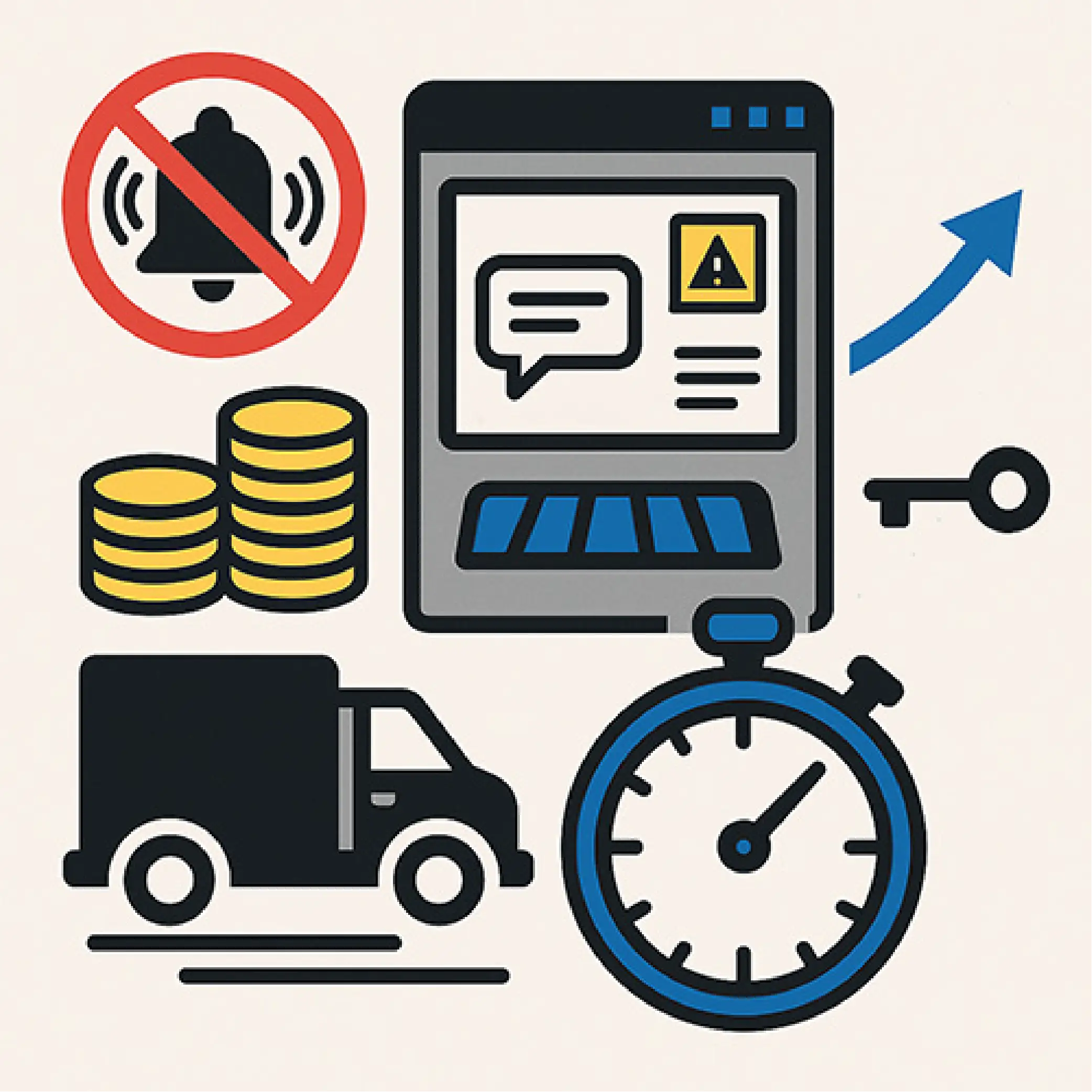Check out our White Paper Series!
A complete library of helpful advice and survival guides for every aspect of system monitoring and control.
1-800-693-0351
Have a specific question? Ask our team of expert engineers and get a specific answer!
Sign up for the next DPS Factory Training!

Whether you're new to our equipment or you've used it for years, DPS factory training is the best way to get more from your monitoring.
Reserve Your Seat TodayIf your remote monitoring system operators are drowning in noise, they're not solving problems. Nuisance alarms bury the real incidents, inflate mean-time-to-respond (MTTR), and burn O&M budgets with needless truck rollouts. When an alarm screen reads like some kind of confusing slot machine, your best people start to ignore it - because they have to in order to actually accomplish something.
That's why, at DPS Factory Training, I teach teams to attack nuisance alarms from two sides at once:
Do this well and you keep eyes on the true threats, slash false positives, and make every alarm actionable.

I often summarize the first move this way during training classes: "The real answer is: click Standing Alarms until you see what's still standing - that's why we built the Standing screen." T/Mon is designed for this: COS (what just changed) vs. Standing (what's still broken) are complementary views that help you figure out the actual problem and resolve it quickly.
Sure, you know this deep down, but here are a few specific issues to help inspire you to take care of this:
As I told my class: "Filtering is a great idea in one form or another to see just the alarms that are important."
The good news is that T/Mon supports nuisance filtering without losing your audit trail. You can keep alarms out of operator screens and still record them for later analysis (compliance and trend work).
As I showed live in T/Mon's web interface: "Response instructions are associated with the alarm point. Create the message once and assign it wherever it's needed."
How we do it in T/Mon:
During the session, I walked through live filtering when the view started to clutter: "We're getting a cluttered window... let's set a filter... so you can see just the alarms that are important."
And because we keep alarm history in T/Mon even when we filter, you retain forensics and can mine patterns later.
Why this beats "silence everything": You preserve your data for audits and trend analysis, but you stop wasting operator attention in real time. That combination is a strong ROI lever for you.
Qualification Timers suppress the setting of an alarm unless the condition stays bad for X time (seconds/minutes/hours). This is the perfect tool for rattling doors, brief fades, or momentary AC blips.
I framed it to the class like this:
"If a door is open during business hours, I don't care. But if it's open for more than 30 seconds, we need to respond."
One client (high-security at a nuclear power plant) even saw the effect operationally when holding the door open during a brief conversation with a coworker:
"...about 31 seconds later, an armed security guard shows up to see what's going on."
A word of caution I shared in class:
"Be careful setting qualification timers. They can hide information if you go too aggressive. You want them long enough to stop the noise - but not so long that you miss something important."
Persistent Alarm Counters (less common) require N occurrences within a period before posting.
Colin (from DPS Engineering & Support) put it simply: "We don't have a lot of people who use them, but they're useful in the right situation. It's basically how many times it has to occur before it's counted as an alarm."
I explained to the class the scenario that led us to develop Persistent Alarm Counters in the first place: a client wanted to count lightning strikes so a maintenance visit could be scheduled after a few strikes had occurred.
Export last 30 days of COS and Standing Alarms. Identify top recurring offenders (door rattles, short-lived link flaps, momentary fades). Tag each as a filter candidate or a persistence (Qual Timer) candidate. (T/Mon's COS/Standing model is built for this.)
Create groups by site/region/function and apply filters so each operator sees only their responsibility slice. Keep history logging on filtered alarms for trend analysis and audits.
Use the recipes above as a starting point. Adjust after one week of live data. (T/Mon natively supports Qualification Times; it's a standard nuisance-alarm control.)
Write clear, reusable instructions ("what to check, who to call") and assign them to the relevant points. "Create the message once and assign it wherever it's needed."
T/Mon's Text Message window was built for this exact function.
Track before/after for:
Also track secondary benefits:
Pro tip from Colin (DPS Engineering & Support): If you've just edited groups/filters and don't see updates in Monitor immediately, a quick disable --> re-enable of the Polling Group forces a refresh. "You don't have to do this - it would catch up anyway - but this speeds it along when you're modifying your T/Mon configuration."
I've said it before in class and I'll say it here for you now: "Just click Standing to see what's still broken - then filter and fix it. Repeat until all alarms are resolved."
Get your free Nuisance Alarm Audit
Give me a call now. I'll work with your team to:
If alarm noise is slowing your crews, let's fix it. We'll map your nuisance points to T/Mon filters and qualification timers, attach clear instructions, and measure the results.
Call 1‑800‑693‑0351 or email sales@dpstele.com to schedule your audit.

Andrew Erickson
Andrew Erickson is an Application Engineer at DPS Telecom, a manufacturer of semi-custom remote alarm monitoring systems based in Fresno, California. Andrew brings more than 18 years of experience building site monitoring solutions, developing intuitive user interfaces and documentation, and opt...